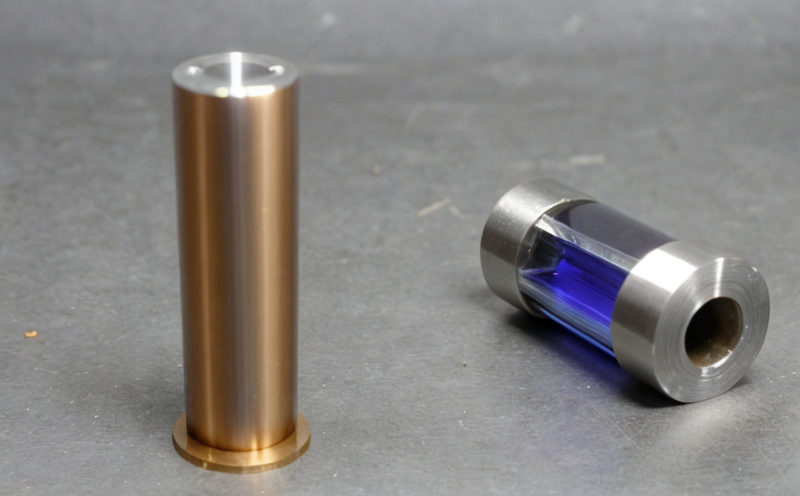Outdoor textile dimensional stability testing
The need to assess the dimensional stability and shrinkage of textiles in outdoor environments is crucial for quality managers, compliance officers, R&D engineers, and procurement teams. Outdoor textiles are subject to a wide range of environmental factors that can significantly affect their performance over time. These factors include exposure to sunlight, moisture, temperature fluctuations, wind, and ultraviolet (UV) radiation. Understanding these impacts is essential in ensuring the durability, integrity, and aesthetic appeal of outdoor textile products.
Dimensional stability testing specifically evaluates how textiles maintain their shape and size under various conditions. In the context of outdoor textiles, this means assessing how much shrinkage or stretching occurs over time when exposed to environmental stressors. The goal is to ensure that the materials used in outdoor applications remain functional and aesthetically pleasing throughout their intended lifecycle.
The testing process typically involves several steps, including specimen preparation, exposure to specific environmental conditions, measurement of changes in dimensions before and after exposure, and analysis of results against established standards. Specimens are carefully prepared according to ISO 13938-2:2017, which provides detailed guidelines for conducting dimensional stability tests on textiles.
Instrumentation used in these tests includes specialized equipment designed to simulate real-world conditions accurately. This may encompass climate chambers capable of replicating various temperature and humidity levels, artificial sunlight simulators that can mimic UV radiation intensity found outdoors, and precise measurement tools like micrometers or laser scanners for accurate dimension tracking.
Acceptance criteria are defined based on industry standards such as ASTM D695-18, which specifies requirements for dimensional stability testing of fabrics. Compliance with these standards ensures consistency across different batches of material production and helps manufacturers meet regulatory requirements related to product safety and performance.
By conducting thorough outdoor textile dimensional stability tests early in the development process, companies can identify potential issues before large-scale production begins. This proactive approach allows them to make necessary adjustments to formulations or manufacturing processes if required, ensuring superior quality from the outset.
Why It Matters
The importance of dimensional stability testing cannot be overstated for outdoor textiles because it directly impacts product performance and customer satisfaction. Shrinkage or excessive stretching can lead to functional failures such as improper fit or reduced durability, which ultimately result in increased warranty claims and negative brand reputation.
- Enhanced Product Durability: Ensuring that materials do not change dimensionally over time increases the overall longevity of products. Customers expect their purchases to withstand harsh weather conditions without deteriorating quickly.
- Better Aesthetic Appeal: Maintaining consistent dimensions prevents issues like fabric puckering or wrinkling, which could otherwise detract from the visual appeal and comfort level associated with high-quality textiles.
- Regulatory Compliance: Meeting relevant international standards helps businesses comply with local regulations governing textile products. This reduces the risk of legal disputes and potential penalties.
- Increased Customer Satisfaction: Providing reliable, long-lasting products builds trust between consumers and manufacturers, fostering repeat business opportunities and positive word-of-mouth recommendations.
In summary, investing in comprehensive outdoor textile dimensional stability testing is not just about meeting technical specifications; it's also about delivering value to end users. It ensures that every aspect of the product meets or exceeds expectations, contributing significantly to brand loyalty and market success.
International Acceptance and Recognition
- ISO Standards: The International Organization for Standardization (ISO) provides globally recognized standards for dimensional stability testing. Specifically, ISO 13938-2:2017 outlines procedures for conducting such tests on textiles under controlled environmental conditions.
- American Society for Testing and Materials (ASTM): ASTM D695-18 sets forth guidelines for determining the dimensional stability of fabrics using water immersion methods. This standard is widely accepted in North America and other regions as a benchmark for assessing fabric shrinkage.
- European Norms: EN 473:2009 specifies test methods for evaluating the resistance to chemical agents, including those involved in dimensional stability tests. Compliance with these standards enhances credibility among European markets.
The harmonization of these international norms fosters interoperability between different jurisdictions while maintaining high quality standards worldwide. By adhering to them, manufacturers ensure their products are suitable for global distribution and appeal to diverse consumer bases.
Competitive Advantage and Market Impact
- Differentiation: Companies that invest in robust dimensional stability testing gain a competitive edge by offering superior quality products. This differentiation helps attract discerning customers who prioritize durability and longevity when making purchasing decisions.
- Premium Pricing: Premium pricing strategies become feasible for brands known for their commitment to rigorous testing protocols. Consumers are willing to pay more for items backed by proven performance metrics.
- Better Supply Chain Management: Understanding how materials behave under different environmental conditions allows manufacturers to optimize supply chains, reducing waste and improving efficiency throughout the production process.
In conclusion, embracing advanced dimensional stability testing techniques equips businesses with valuable insights that translate into tangible advantages in terms of reputation, profitability, and market share. It enables them to stay ahead of competitors by continually refining their offerings based on scientific evidence rather than guesswork.





